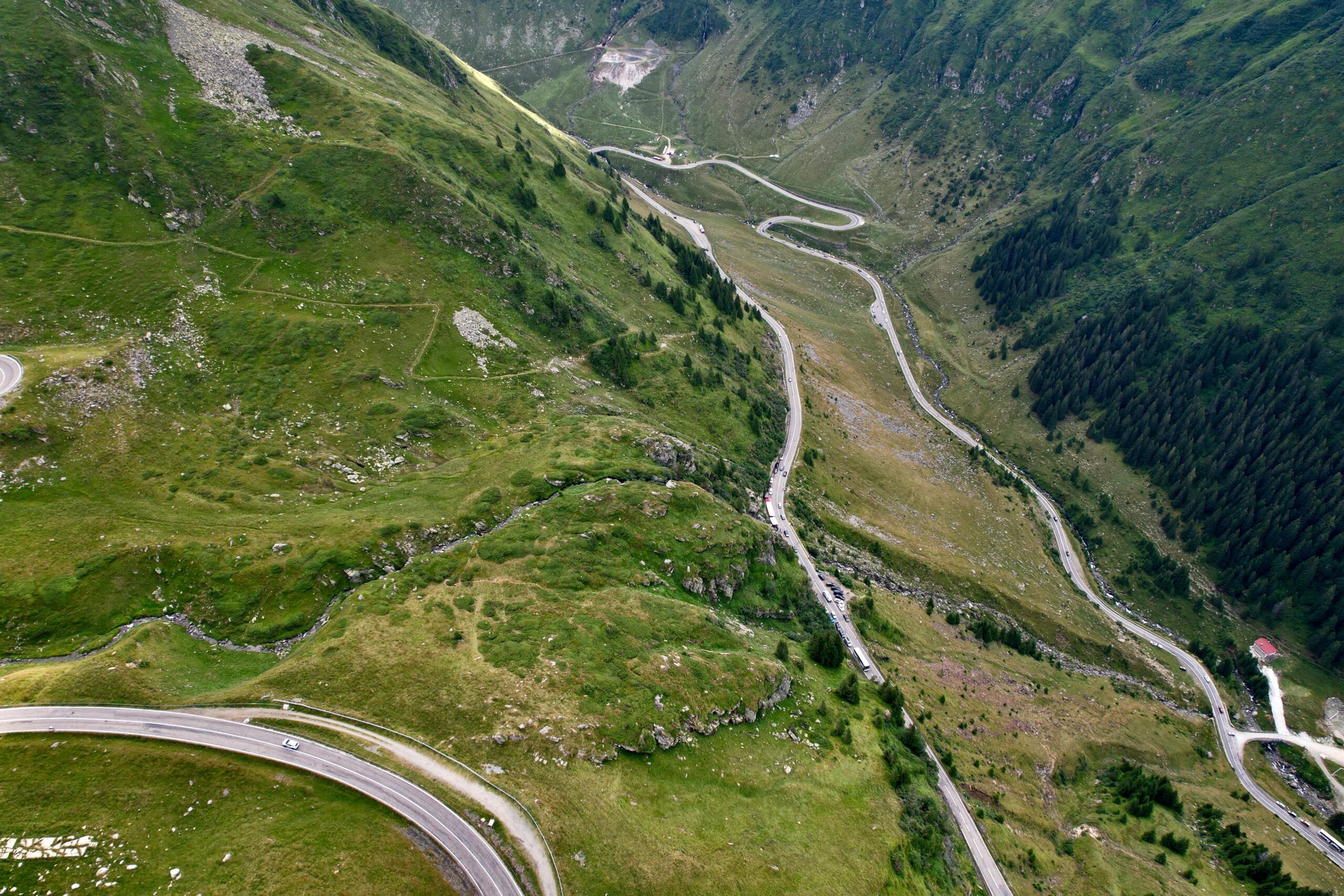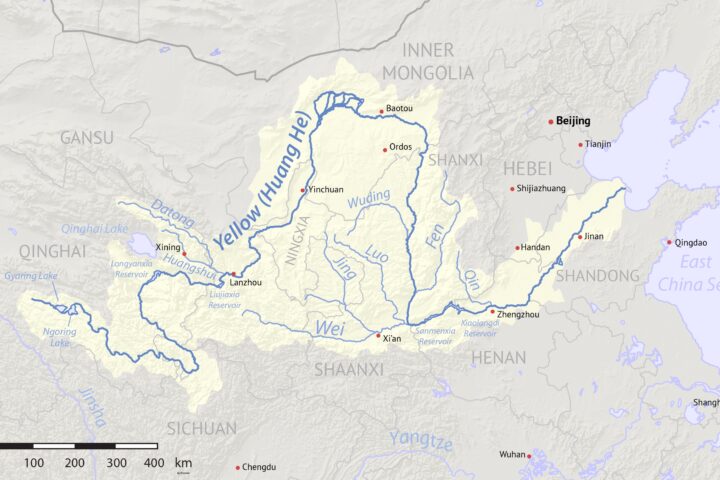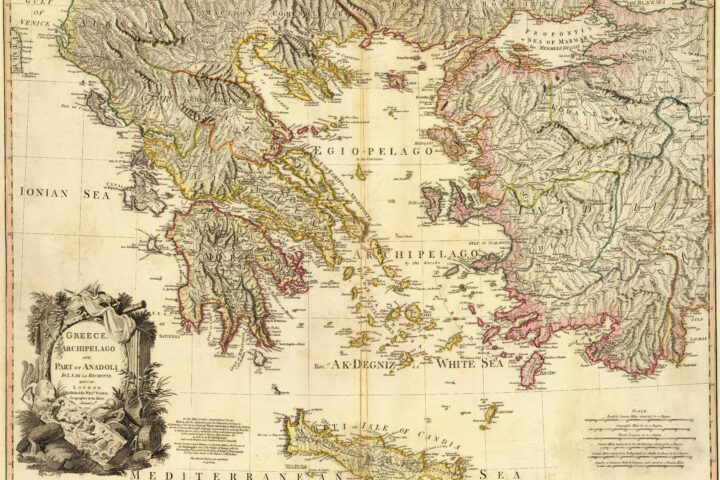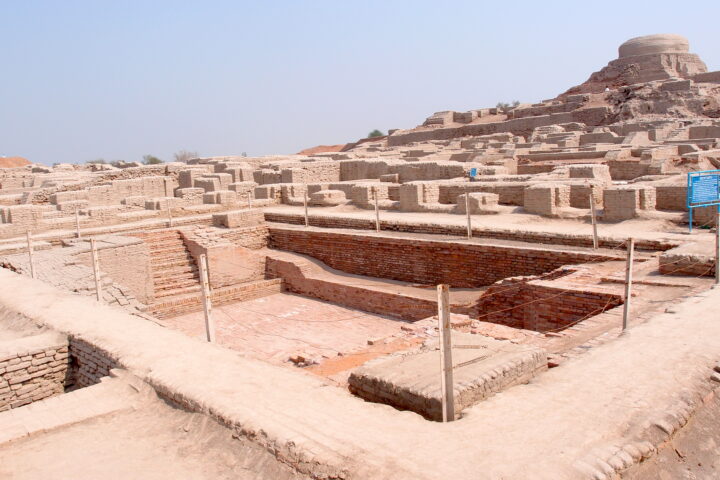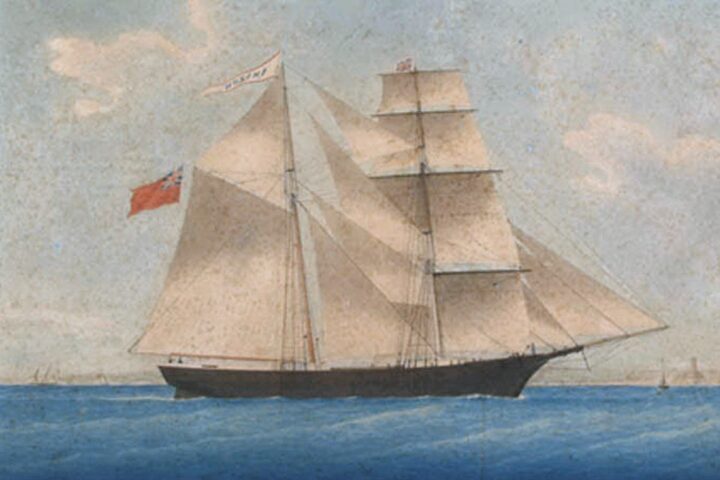Source: pexels-dan-voican-2624103-Photo by Dan Voican_roads-in-mountains-17854193
Read about the oldest roads in the world which were the bridge between different nations in times when modern communication wasn’t invented yet.
Roads aren’t just pathways for people to walk on- they also act as bridges of communication, culture, and commerce between the travelers. When roads were first built, they opened the door for progress because people could now take their goods and services to offer to other places. This sharing of skills and expertise was the key to progress as people learnt what they didn’t know of and could use it to their advantage.
The oldest roads built by our ancestors served this exact purpose and they laid the foundation for our present. They played a silent but very important role in the development of ancient societies. These weren’t made by using the best technology we have today but still did the best they could. And the proof for this is the hustling and bustling society we have today.
The Ridgeway

Source: wikimedia_Ridgeway_map_By Cnbrb – Own work, CC BY-SA 2.0
This 87-mile prehistoric road in England is the first road to be built there and quite possibly one of the oldest roads in the world. Cutting the hills of southern England, this road is a site of archaeological interest in Wiltshire which was used by the Anglo-Saxons as a military road and a farm track later on. Before this, in the Iron Age, it acted as a protective bastion.
As proof that it is 5,000 years old, this road is full of archaeological treasures like burial mounds and hill forts. It is also home to a 3,000-year-old drawing made with chalk over a grassy, steep slope which is known as the Uffington White Horse. Historians attest to the fact that this is probably the oldest continousuly utilized path in Europe because it was used regularly throughout its 5,000 years of existence.
Today, it serves as a very nice road to either walk or drive through and look around the “Areas of Outstanding beauty”- as they have been named for their timeless quality. Human traffic is light in regions other than famous tourist spots and the road was given the title of a “National Trail” in 1973.
The Lake Moeris Quarry Road and the Giza Road

Source: Flickr_The famous Pyramids Pyramids from El Mansouria Road, Giza, GG, EGY
The Egyptian civilization, undoubtedly one of the first societies in the world, made two of the oldest paved roads in this list. Both of these are exactly or more than 4,600 years old.
The Lake Moeris Quarry Road is located in the Faiyum district of Egypt which is some 45 miles in the southwest direction of Cairo. This route was made for the transportation of the heavy blocks of basalt made in the quarry to the temples at Giza. It covers a distance of 7.5 miles and whenever the water from the river Nile flooded and filled the gaps in between the hills, the blocks were floated down to Cairo.
Sandstone and Limestone were used to make the slabs paved down to make this road, and wooden logs were also used in some places.
They also built the Giza Road which came to be known as the “Processional Way”. It was also used to take the basalt rocks from the southwest of central Cairo to the Giza plateau. So, both roads served the same purpose with the only difference between them being their locations.
The Persian Royal Road
The Royal Road of Persia stretches for 1,677 miles from modern-day Turkey to modern-day Iran, and was built for serving the Persian Empire.
Built originally by the Assyrians, this road was reorganized in the 5th century BCE by Darius I of the Persian Empire. The main aim was to facilitate communication, trade, and administration in all regions of the Empire. Certain points on the Royal Road were maintained as rest stops which provided food and lodging for the travelers. These were called “Paradises”.
Alexander the Great defeated Darius III to take control of the Persian Empire in 334 BCE and started using this road to establish dominance, connect markets from the east to the west, encourage communication, promote a courier system, and deploy troops quickly when required.
Other than promoting economic growth throughout the Empire, this road also encouraged the cultural exchange between the Persian states and Hellenistic culture. After Alexander the Great started using this road, Greek art, culture and traditions blended into the Persian society pre-existing in the Empire.
The Silk Road

Source: wikimedia_By Kaidor – This file has been extracted from another file, CC BY-SA 4.0
The 1,400-year-old Silk Road in Asia was a network of roads built and used by the Han dynasty of China to link together the ancient road for commercial purposes. This was not a single road but is called the “Silk Road” only because historians prefer it this way.
These trade routes were also used by the explorer, Marco Polo who described them in this works extensively and in proper detail. But before him, these routes were named the ‘Seidenstrasse’ (silk road) in 1877 CE by German geographer, Ferdinand von Richthofen.
Throughout the time period between the years 130 BCE and 1453 CE, the Silk Road was used regularly for trading with the western countries. After 1453 CE, the Ottoman Empire had taken control and boycotted any sort of trading with the west. The routes were closed. This posed a big problem for the Europeans who now had no access to the goods from the East. This paved the way for the “Age of Discovery” which was all about the Europeans finding their own sea routes for importing and exporting goods and services. This means that the Silk Road was important when it was being used and was just as important after the Ottomans shut it down.
The Nakasendo Highway

Source: Flickr _Ishidatami Paving on the Nakasendo Way
The Nakasendo Highway in Japan is over 400 years old and will make you feel like you’re went back in time to the Edo period (1603-1868).
The name Nakasendo literally translates to “the central mountain route” and was named so because it was a mountainous route which connected Edo with Kyoto. This was in the Edo period and today, it connects modern-day Tokyo to Kyoto. It was part of a network of 69 post towns which had the Gokaido- the five major highways.
The main benefit of the Nakasendo was that the Shogun and their governments could communicate more easily and stabilize their rule in the country. The daimyos (feudal lords) were given the responsibility to take care of the roads.
4.5 miles of the Nakasendo Highway are present till-date and you can take a nice 4-hour walk on this road to soak in the beauty of nature around it.
Resources
- Giza Road is the world’s oldest known paved road. (2023). Dangerousroads.org. https://www.dangerousroads.org/africa/egypt/3765-road-to-giza.html
- Sainsbury, B. (2024, July 24). The Ridgeway: Hike the 5,000-year-old pathway that’s Britain’s oldest road. Bbc.com; BBC. https://www.bbc.com/travel/article/20240723-the-ridgway-hike-the-5000-year-old-pathway-thats-britains-oldest-road
- Lake Moeris Quarry Road. (2024). Asce.org. https://www.asce.org/about-civil-engineering/history-and-heritage/historic-landmarks/lake-moeris-quarry-road/
- Eaton, V. (2022, September 24). 7 Oldest Roads in the World – Oldest.org. Oldest.org. https://www.oldest.org/structures/oldest-roads-in-the-world/
- History Archive. (2024). Persian Royal Road | Hellenistic Structures. Alexander-The-Great.org. https://alexander-the-great.org/structures/persian-royal-road
- Mark, J. J. (2018, May). Silk Road. World History Encyclopedia. https://www.worldhistory.org/Silk_Road/
- Walking the Historic Nakasendo Samurai Trail. (2022). Japan-Guide.com. https://www.japan-guide.com/ad/nakasendo/

